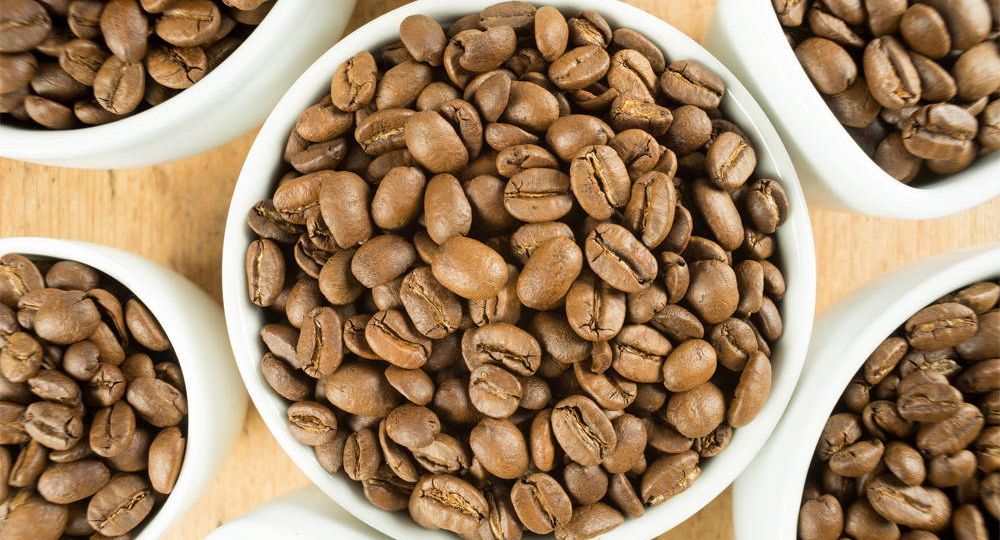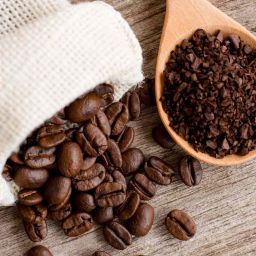
Coffee crema refers to the aromatic, reddish-brown froth that forms on top of an espresso shot during brewing. This layer, resulting from air bubbles combining with soluble oils in the coffee, is a hallmark of a well-extracted espresso. The presence and quality of crema are often seen as indicators of the espresso’s overall quality.
Importance of Choosing the Right Beans
Selecting the appropriate coffee beans is crucial for achieving the perfect crema. The beans’ origin, variety, roast level, and freshness all play pivotal roles in the crema’s thickness, color, and taste. The right choice enhances the espresso’s complexity, offering a richer coffee experience.
Objective of the Article
This article aims to demystify the selection process for the best coffee beans for crema. By understanding the characteristics of different beans and how they influence crema production, readers can make informed decisions to enhance their espresso’s quality and enjoyment.
Arabica vs. Robusta: Characteristics and Impact on Crema
Arabica beans are prized for producing a stable, quality crema with a higher concentration of lipids, which positively affects the crema’s texture and taste. Their nuanced flavors contribute to a smoother, more aromatic espresso.
Robusta beans, on the other hand, are known for a thicker, more intense crema. With double the caffeine content of Arabica, Robusta beans offer a bolder, more robust flavor profile, albeit with a potential increase in bitterness.
Best Coffee Bean Varieties for Crema
- Colombian Supremo: Known for its rich and bold flavors, this variety contributes to a satisfying crema experience with balanced acidity and a strong body.
- Ethiopian Yirgacheffe: Celebrated for its delicate flavors and floral undertones, it produces a lighter, fruitier crema, offering a distinct taste.
- Guatemalan Antigua: This bean variety is noted for its smooth, chocolatey profile, yielding a velvety crema with dark chocolate and caramel hints.
- Brazilian Santos: Characterized by nutty and low-acidity qualities, it provides a thick crema with a mild, smooth taste.
- Italian Espresso Blend: A mix of Arabica and Robusta beans, crafted to deliver a balanced and robust crema, enriching the espresso experience with depth and intensity.
Freshness of Coffee Beans
The freshness of coffee beans is paramount for achieving a rich and vibrant crema. Beans that are used within weeks of roasting release more carbon dioxide during the brewing process, contributing to a fuller and more aromatic crema. Stale beans, in contrast, often result in a flat and lackluster espresso shot.
Roast Level and Its Impact
The roast level significantly influences crema production. Medium-dark to dark roasts are preferred for their enriched oils and vibrancy, which are essential for a thick and flavorful crema. These roasts strike the right balance between acidity and bitterness, enhancing the espresso’s overall sensory profile.
Grind Size, Tamping, and Extraction Time
The grind size, tamping pressure, and extraction time are closely interconnected factors that determine crema quality. A fine grind, combined with even tamping, ensures optimal extraction by allowing water to flow through the coffee at the right pace, capturing its oils and flavors. The ideal extraction time, usually between 25 to 30 seconds, maximizes crema volume and texture.
Brewing Temperature and Pressure
Brewing temperature and pressure are crucial for extracting the best crema. An ideal temperature range of 195°F to 205°F (90°C to 96°C) and a pressure of 9 bars allow for the extraction of coffee oils and the formation of crema. Deviations from these parameters can lead to under-extraction or over-extraction, adversely affecting the crema’s quality.
Criteria for Selection
When selecting coffee beans for crema, prioritize specialty brands that provide detailed information about the roast date and the roaster. Beans roasted on-site or by the vendor ensure freshness, a key determinant of crema quality. Additionally, consider the bean variety and processing method, as these factors directly influence the flavor and crema potential of the espresso.
Recommended Coffee Beans for Crema
For optimal crema, look for espresso blends, Robusta beans, and dry process coffees. Espresso blends are formulated to produce a balanced crema, combining the strengths of different beans. Robusta beans, with their higher oil content, create a thicker crema.
Dry process coffees, retaining more natural oils during processing, also contribute to a richer crema. Selecting beans from these categories will enhance your espresso experience, providing a visually appealing and flavorful crema.
FAQs
Why is crema important in espresso?
Crema is a hallmark of a well-extracted espresso, indicating a fresh and properly brewed shot. It adds to the espresso’s aroma, flavor, and visual appeal, enhancing the overall drinking experience.
Can light or dark roasts affect crema production?
Yes, the roast level influences crema production. Medium-dark to dark roasts typically produce more crema due to their higher oil content, while light roasts may result in less crema.
How does the freshness of beans impact crema?
Freshness is critical for crema quality. Fresh beans release more carbon dioxide, which contributes to a richer, more voluminous crema. Stale beans, on the other hand, result in a diminished crema.
What are the best coffee beans for a rich crema?
Espresso blends, Robusta beans, and dry process coffees are among the best choices for a rich crema. These selections are known for their oil content and ability to produce a thick, flavorful crema.
Summary of Key Points
Selecting the right coffee beans is crucial for achieving a perfect crema on your espresso. The freshness of the beans, their roast level, and specific varieties such as espresso blends, Robusta, and dry process coffees are significant factors influencing crema quality. Additionally, the grind size, tamping, extraction time, and brewing conditions play essential roles in crema formation.
Final Recommendations for Choosing Coffee Beans
When choosing coffee beans for the best crema, prioritize freshness by checking the roast date and opting for beans roasted by the vendor. Consider medium-dark to dark roasts for their enhanced oil content, conducive to crema production.
Espresso blends, Robusta beans, and dry process coffees are recommended for their ability to produce a rich, flavorful crema. By focusing on these criteria, you can elevate your espresso experience, enjoying a cup that is not only visually appealing but also aromatic and delicious.








